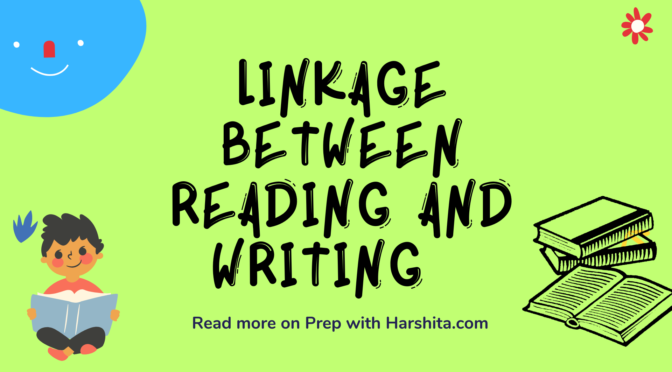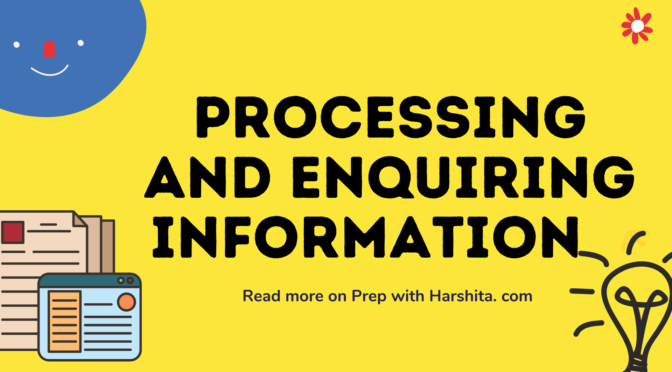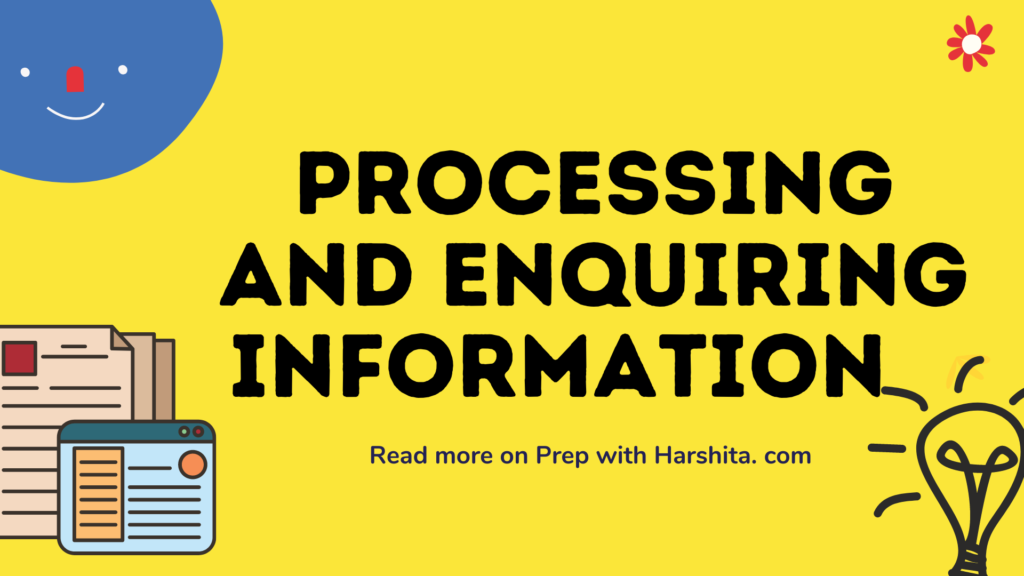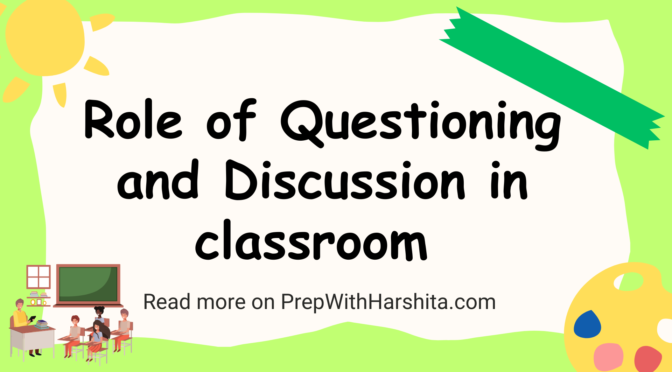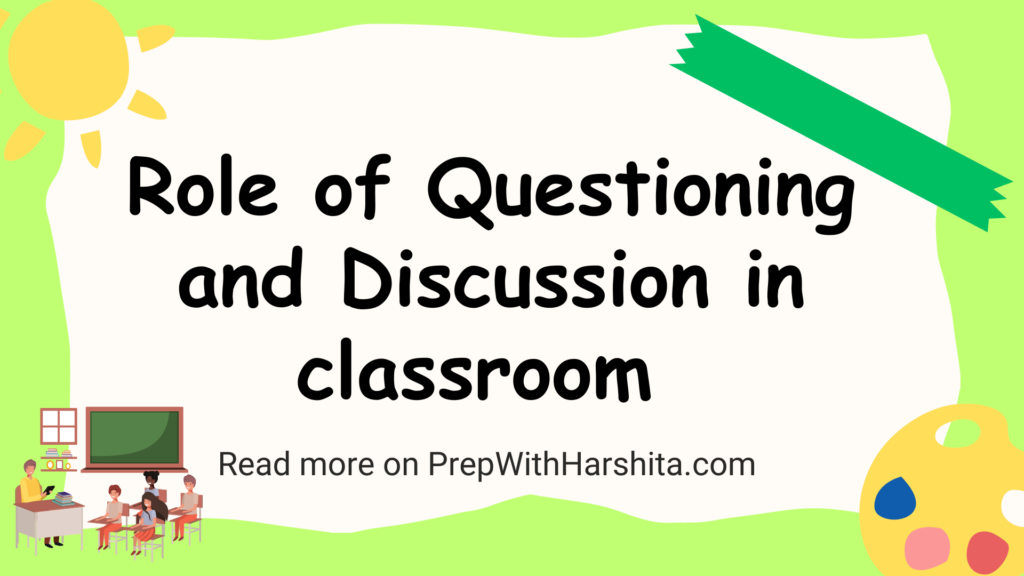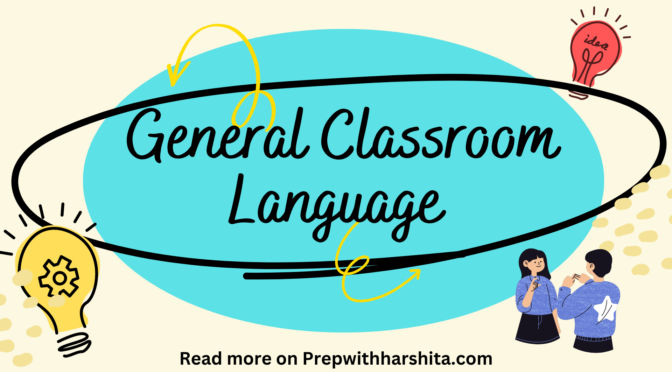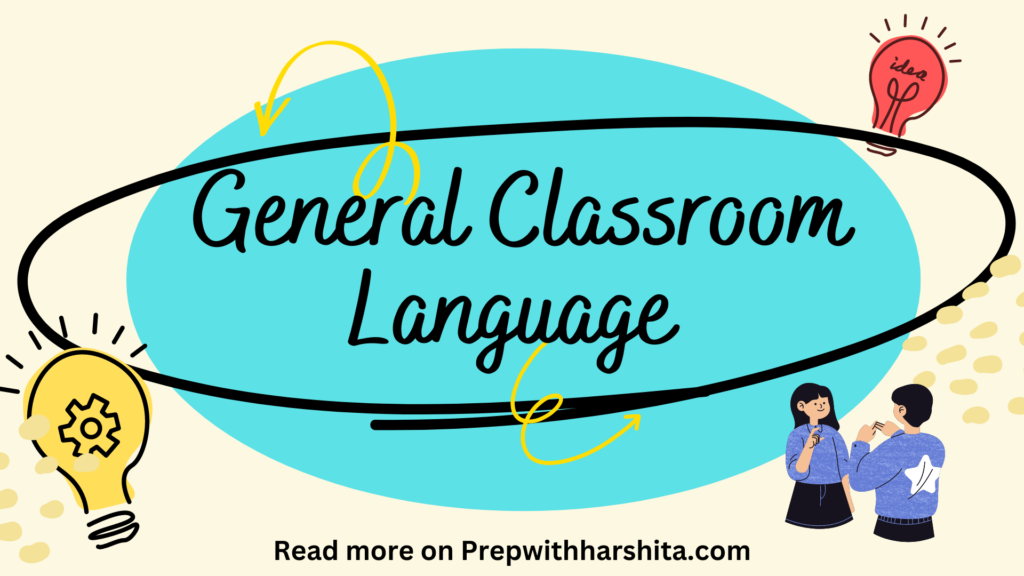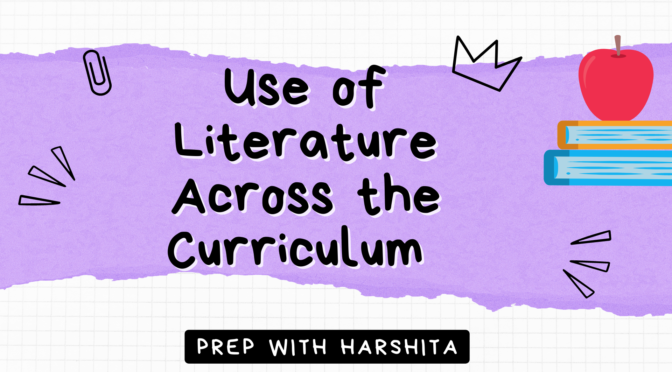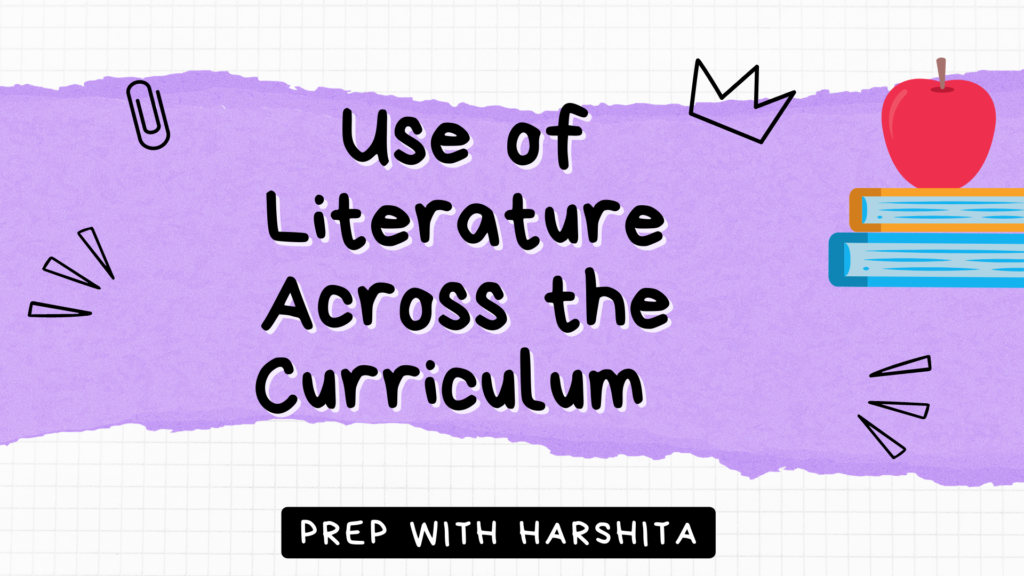The linkage between reading and writing is a reciprocal relationship where each skill complements and strengthens the other. When students engage in reading, they encounter various texts, absorb information, and observe different writing styles and techniques. This exposure to written language and textual structures provides a foundation for their own writing. Simultaneously, writing enhances reading skills by requiring students to apply their understanding of language, organization, and coherence.
Here are some key aspects of the linkage between reading and writing:
- Vocabulary and Language Development: Reading exposes students to a wide range of vocabulary, sentence structures, and writing conventions. When students encounter new words in their reading, they expand their vocabulary and deepen their understanding of word meanings and usage. This expanded vocabulary then becomes available for use in their own writing, allowing them to express themselves more precisely and effectively.
- Comprehension and Critical Thinking: Reading comprehension and critical thinking skills are closely intertwined with writing. When students read, they engage with the text, make connections, and analyze information. This active reading process helps develop critical thinking skills such as inference, interpretation, evaluation, and synthesis. These same skills are crucial in writing, where students must analyze information, develop coherent arguments, and support their ideas with evidence.
- Textual Structures and Organization: Reading exposes students to different genres and text structures, such as narratives, expository texts, persuasive essays, and more. By observing how authors organize their ideas, use transitions, and structure their sentences and paragraphs, students gain insights into effective writing techniques. They learn how to structure their own writing, develop clear introductions and conclusions, and use appropriate organization within their paragraphs.
- Writing Style and Voice: Reading allows students to explore different writing styles and voices. By examining the works of various authors, students can identify distinctive writing styles, word choices, and tones. This exposure helps students develop their own writing style, find their unique voice, and experiment with different techniques to convey their ideas effectively.
- Audience Awareness and Purposeful Writing: Reading helps students develop an understanding of different audiences and writing purposes. When students read, they encounter texts intended for various readerships and written with different goals in mind. This exposure allows students to analyze how authors adapt their writing style and tone based on the intended audience and purpose. Such awareness helps students become more purposeful in their own writing, as they learn to consider their audience, choose appropriate language, and achieve their desired goals.
- Editing and Revising Skills: The act of writing requires students to revise, edit, and refine their work. Reading plays a crucial role in developing these skills. By reading their own writing or the writing of others, students become more attuned to issues such as grammar, punctuation, sentence structure, and coherence. Reading helps students recognize errors, identify areas for improvement, and refine their writing through the editing and revising process.
The reciprocal relationship between reading and writing fosters a deep understanding of written language, enhances critical thinking skills, and develops effective communication abilities. By engaging in both activities, students expand their vocabulary, comprehend complex texts, recognize different writing techniques, and develop their own writing skills. The linkage between reading and writing is essential for fostering literacy proficiency and enabling students to become effective communicators in various contexts.
Also Visit : Prep with Harshita
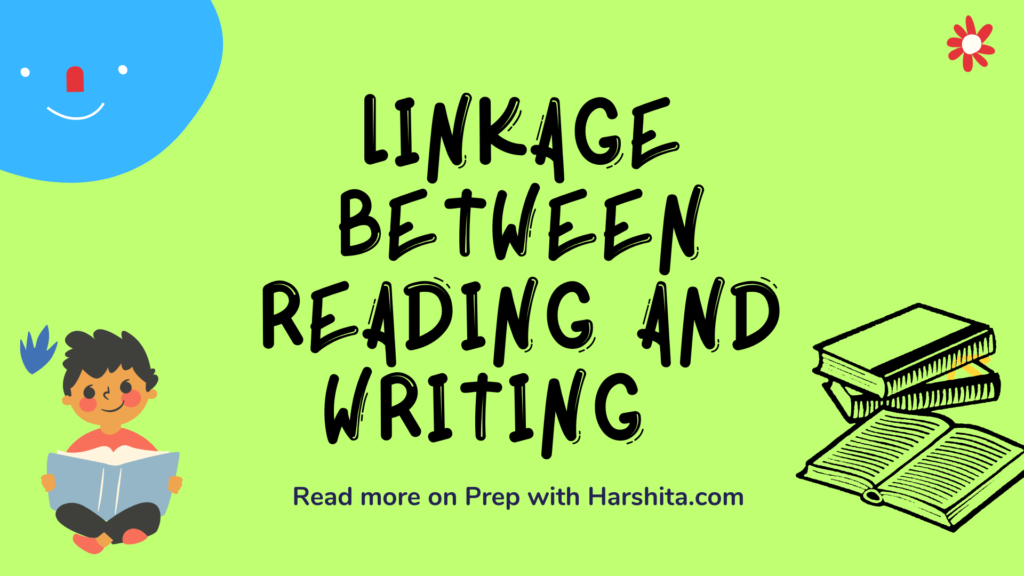
Also Read : Multicultural Awareness

